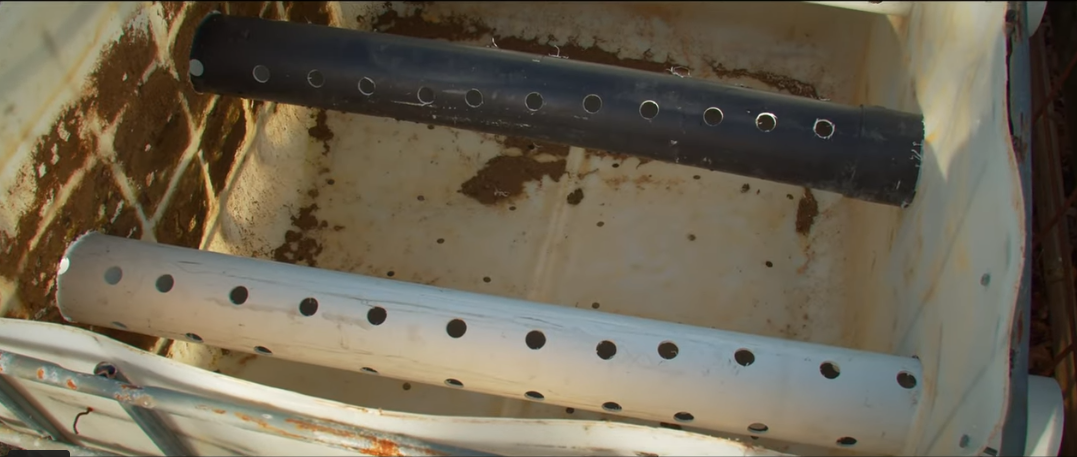Rural Property/Lifestyle Blocks
Interested in Making Your Own Compost?
Whether it’s for your garden, orchard, or land, we’re here to help you get started!
We supply the food scraps, and you provide the mulch and container system. Don’t worry—we’ll guide you through the process. Using IBCs (Intermediate Bulk Containers) and perforated tubes for aeration, you can easily set up “Johnson-Su” composting systems. With our help, you’ll be filling bins in no time, tipping food scraps straight from the truck! We can deliver as much food scraps as you have mulch to pair with them.
Contact us today, and we’ll happily demonstrate the system so you can see if it’s the right fit for your needs!
Want to Make Your Own Compost?
Check out this video from City to Farm and discover just how simple it can be to create compost on your own property. You might be surprised at how easy it is!
A bit about Us
The food scrap collection is managed by Hibiscus Coast Zero Waste (HCZW), an Auckland community enterprise, that is a member of the Auckland Council Community Resource Recovery Network (ACCRRN).
From left to right are City to Farm farmers Jenny and Phil and manager David Kettle.
Interested? Let’s chat.
Simply fill in your details, and a team member will get in touch to discuss your needs and answer any questions you may have. They can also arrange a site visit, giving you the opportunity to see the process in action and learn how it can be applied to your property.







